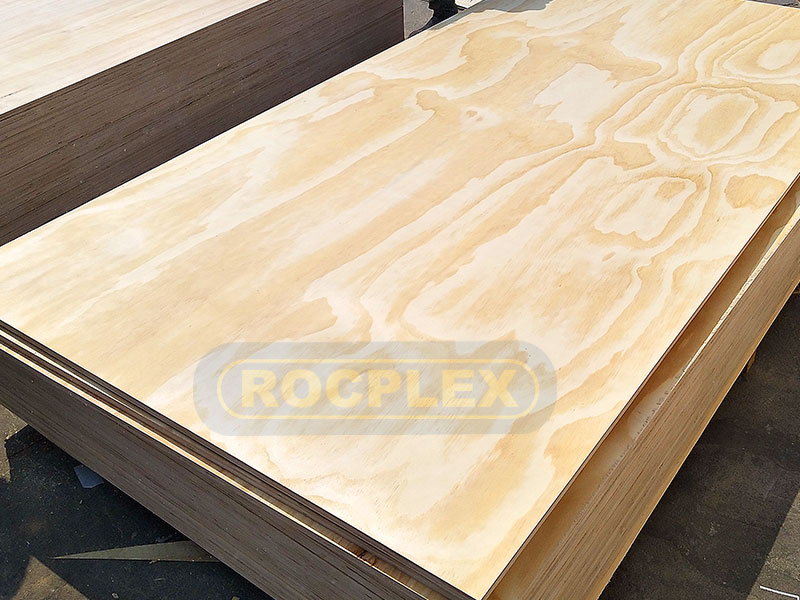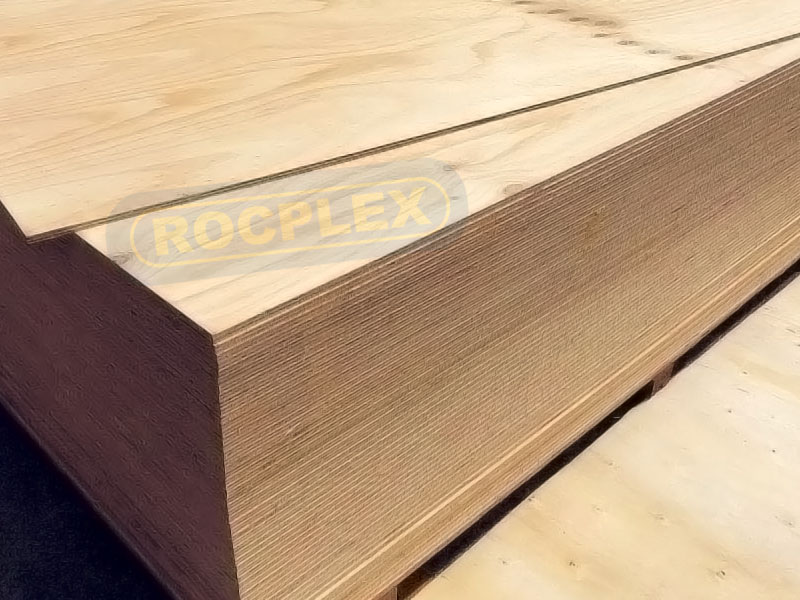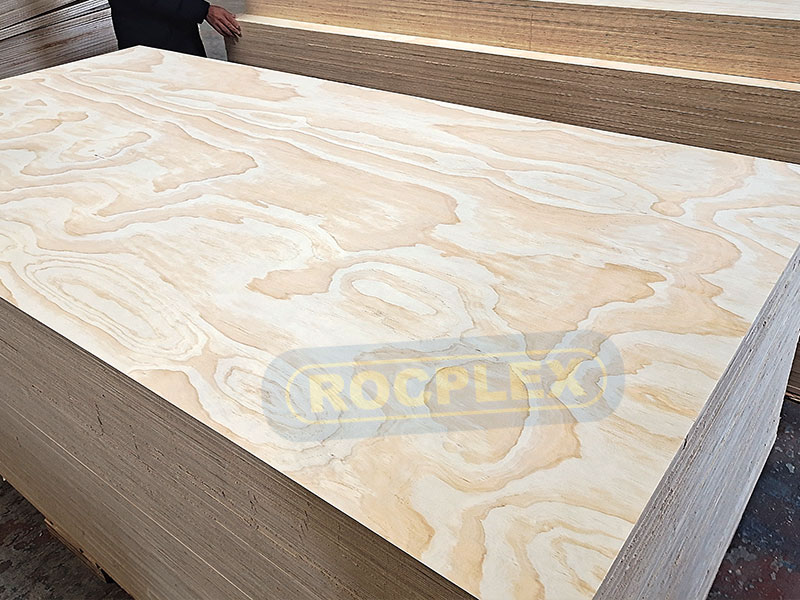What is Ply Sheets?
Ply sheets, commonly known as plywood panels, are engineered wood products renowned for their strength, durability, and versatility. Made by gluing together thin layers of wood veneer, ply sheets are celebrated for their uniform strength across all directions, unlike traditional wood that is typically stronger along one axis. This unique construction method not only makes ply sheets incredibly sturdy but also resistant to cracking, splitting, and warping. Their adaptability and ease of use have made them a staple in various construction and design projects, ranging from furniture making to home construction.
The Evolution of Plywood in Modern Construction
The Rise of Plywood
The journey of plywood from a simple material to a staple in construction and design has been remarkable. Initially used as a cost-effective alternative to solid wood, plywood has evolved to become a preferred choice for its strength, flexibility, and aesthetic versatility.
Plywood’s Versatility
One of the most compelling attributes of plywood sheets is their adaptability. They can be used in a wide array of applications, from structural framing to decorative interior finishes. This versatility has led to innovative uses in both residential and commercial spaces, showcasing the material’s ability to blend functionality with aesthetic appeal.
Environmental Sustainability
In today’s eco-conscious world, the demand for sustainable building materials is on the rise. Plywood panels, made from renewable resources, offer an eco-friendly alternative to other construction materials. The production process of ply sheets also allows for the utilization of the entire log, minimizing waste and promoting environmental sustainability.
Ply Sheets in Design and Architecture
Revolutionizing Interior Spaces
Plywood’s natural beauty and warmth have made it a popular choice for interior design. Its ability to be easily cut and shaped allows for custom furniture pieces and architectural details that add character and sophistication to any space.
The Future of Plywood in Construction
With advancements in manufacturing techniques, the future of plywood looks promising. Innovations are continuously being made to enhance its durability, strength, and resistance to moisture, making ply sheets even more integral to the construction and design industries.
The industry integrates plywood in construction and design. This leads to a transformation. Practices are becoming more sustainable, efficient, and creative. Ply sheets are at this change’s forefront. They show traditional materials can evolve. They meet modern construction’s demands.
The seamless blend of functionality, aesthetic appeal, and sustainability makes ply sheets an indispensable resource in the construction and design world. As we continue to explore and expand their applications, ply sheets will undoubtedly play a pivotal role in shaping the future of our built environments.
Enhancing Durability and Performance
Innovative Treatments for Plywood Sheets
The evolution of ply sheets has been significantly impacted by advancements in treatments and coatings. These innovations not only enhance the durability of plywood but also extend its life by making it resistant to moisture, pests, and fire. Such treatments have opened new avenues for plywood applications, particularly in environments prone to harsh conditions.
Plywood in Exterior Applications
Traditionally, concerns about moisture and weather exposure limited the use of plywood in outdoor settings. However, with the introduction of specially treated ply sheets that resist these elements, the material is now a common choice for exterior walls, roofing, and even outdoor furniture, showcasing its enhanced durability and versatility.

The Aesthetic Appeal of Plywood
Celebrating the Natural Beauty
Plywood panels are not just recognized for their structural qualities but also for their aesthetic appeal. The visible layers of wood veneer offer a unique texture and pattern, making each sheet distinct. This natural beauty is increasingly celebrated in design, with plywood being used as a feature element in furniture, wall cladding, and ceiling designs, adding warmth and natural charm to spaces.
Customization and Creativity
The ease with which plywood can be cut, shaped, and finished allows for unparalleled customization. Designers and architects leverage these qualities to create bespoke pieces and innovative designs that cater to the specific needs and tastes of their clients. From intricate joinery to smooth curves, plywood offers the flexibility to bring the most imaginative designs to life.
Sustainability and Environmental Impact
Plywood’s Role in Green Building
The use of plywood contributes to more sustainable construction practices. Its production process is efficient, with less waste compared to traditional wood products. Plywood sheets made from sustainably sourced wood further minimize the environmental impact, making them a preferred choice in green building certifications and eco-friendly projects.
Recycling and Reusability
The lifecycle of plywood does not end with its initial use. Ply sheets can be repurposed or recycled, extending their utility beyond their original application. This aspect of plywood not only contributes to reducing waste but also promotes a circular economy in the construction and design industries.
The Economic Impact of Plywood Panels
Cost-Effectiveness
Plywood offers an economical solution without compromising on quality or performance. Its cost-effectiveness, compared to solid wood or other construction materials, allows for budget-friendly projects without sacrificing durability or aesthetic appeal.
Impact on the Construction Industry
Plywood affordability and versatility impact construction greatly. They allow use in both large-scale and small-scale projects. High-quality materials are now more accessible. This democratizes good design access. More people benefit from durable solutions. They also enjoy aesthetically pleasing designs.
Bridging Innovation and Tradition in Plywood Use
The Integration of Technology
The integration of technology into the production and application of ply sheets has marked a new era in construction and design. Cutting-edge manufacturing processes have enhanced the precision and quality of plywood, making it more consistent and reliable. Furthermore, digital fabrication techniques, such as CNC routing, have expanded the possibilities for intricate designs and precision cuts, enabling complex architectural features and custom furniture that were once difficult to achieve.
Plywood in Modern Architecture
Modern architecture has embraced plywood for its ability to combine functionality with aesthetic elegance. Architects are increasingly using ply sheets in innovative ways, from structural elements to striking interior details. Plywood’s adaptability has made it a material of choice for contemporary buildings that prioritize sustainability, efficiency, and design excellence.
The Educational and Collaborative Potential of Plywood
Plywood in Academic Settings
Educational institutions have recognized the value of plywood sheet in teaching design and construction principles. Its affordability and workability make it an ideal material for student projects, fostering a hands-on learning experience. Plywood encourages experimentation and innovation, allowing the next generation of designers and builders to explore sustainable and creative construction methods.
Collaborations and Community Projects
Plywood has become a favorite material for community projects and collaborations, owing to its versatility and cost-effectiveness. From public installations to temporary structures, plywood facilitates community engagement and creativity, bringing people together to create functional and artistic spaces.
Looking Ahead: The Future of Plywood
Sustainable Innovations
As the world moves towards more sustainable practices, plywood is set to play a pivotal role. Research into alternative adhesives and eco-friendly production methods promises to reduce the environmental impact of plywood manufacturing further. The development of plywood from non-traditional or recycled sources could redefine its use in the industry, ensuring its place in the future of green building materials.
Expanding Applications
The potential applications for ply sheets continue to grow, from advances in furniture design to innovative construction techniques. As we explore new ways to utilize plywood, its role in the built environment is set to expand, underscoring its importance in both traditional and cutting-edge projects.
Summing up the Plywood Revolution
Plywood has transcended its humble beginnings to become a fundamental element in modern construction and design. Its journey reflects a harmonious blend of tradition and innovation, proving its enduring value and versatility. As we continue to push the boundaries of creativity and sustainability, plywood remains at the heart of our endeavors, shaping the spaces we live in and the objects we use every day. The story of ply sheets is one of continuous evolution, echoing the dynamic spirit of the construction and design communities.
FAQs About Ply Sheets
What is ply sheets used for?
Ply board is used for a wide range of applications, including construction, furniture making, interior design, and architectural projects. Its versatility makes it suitable for structural and decorative purposes.
Are plywood sheets waterproof?
Some plywood sheets are treated to be waterproof or water-resistant, making them suitable for outdoor use or in moist environments. However, not all plywood is waterproof, so it’s important to choose the right type for specific applications.
How thick is sheet ply?
Sheet ply comes in various thicknesses, typically ranging from 1/8 inch (3 mm) to 1 inch (25 mm), depending on the application and the specific type of plywood.
Which plywood is best?
The “best” plywood depends on the specific needs of the project, including factors like strength, moisture resistance, and aesthetic preferences. Common types include softwood, hardwood, marine, and exterior plywood.
What size is a 12mm ply sheet?
A standard 12mm ply sheet typically measures 4 feet by 8 feet (1220mm by 2440mm), but sizes can vary by manufacturer or specific product lines.
As we embrace the future, the role of plywood in shaping sustainable, innovative, and aesthetically pleasing environments is undeniable. Its continuous evolution promises to inspire and facilitate creativity, efficiency, and ecological responsibility in the construction and design sectors for years to come.
Post time: Feb-24-2024



